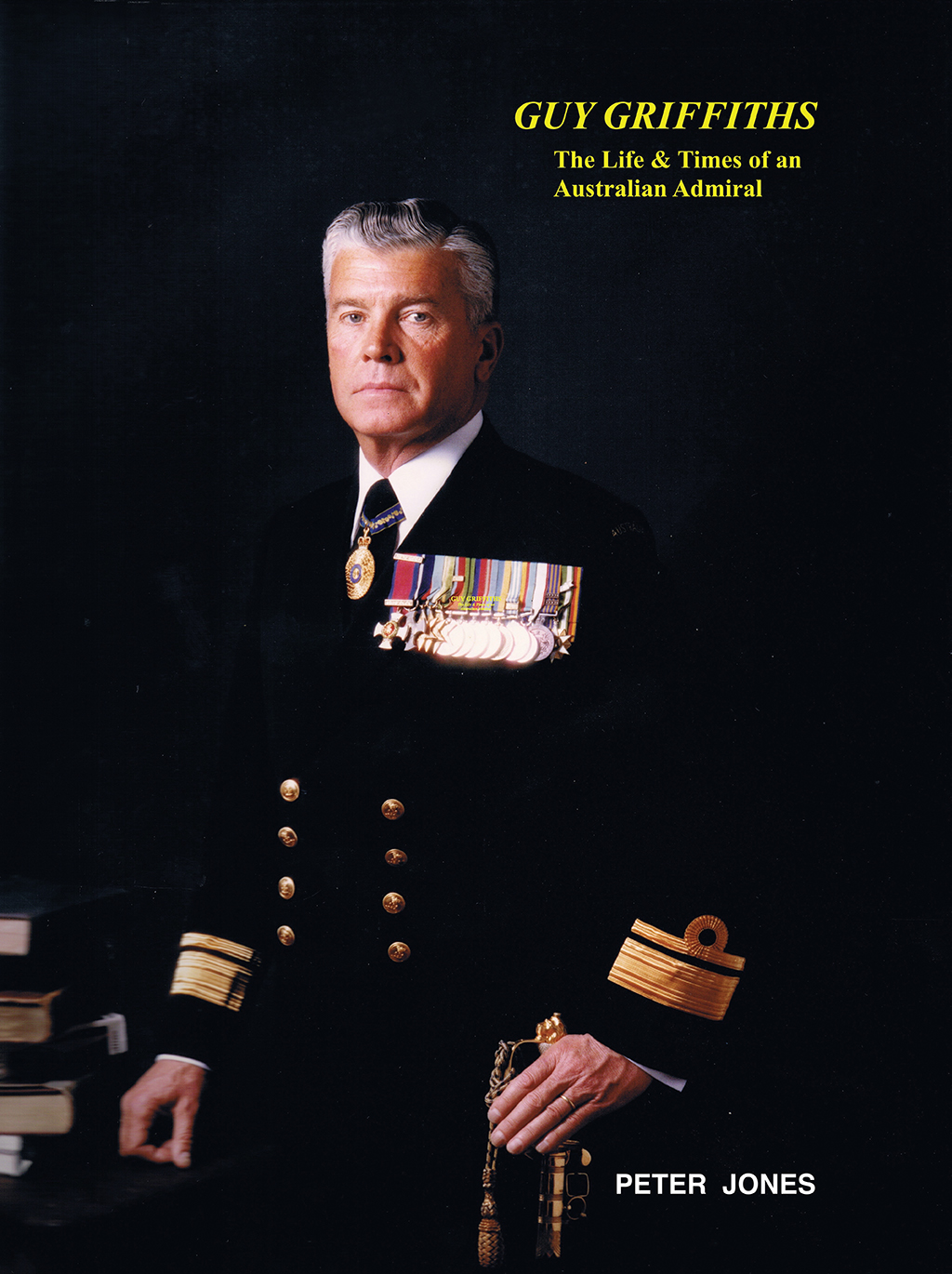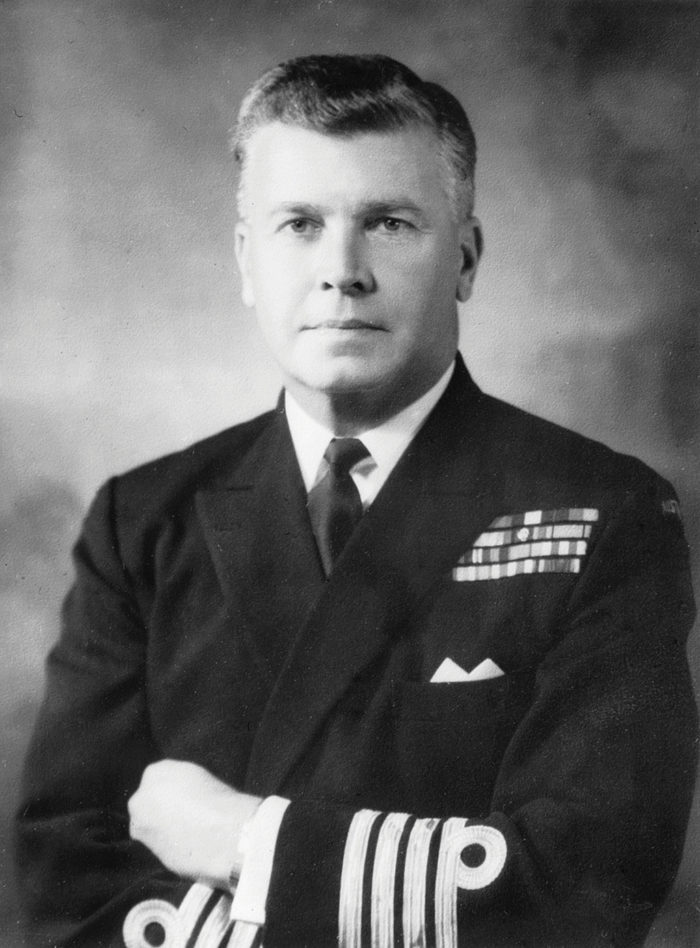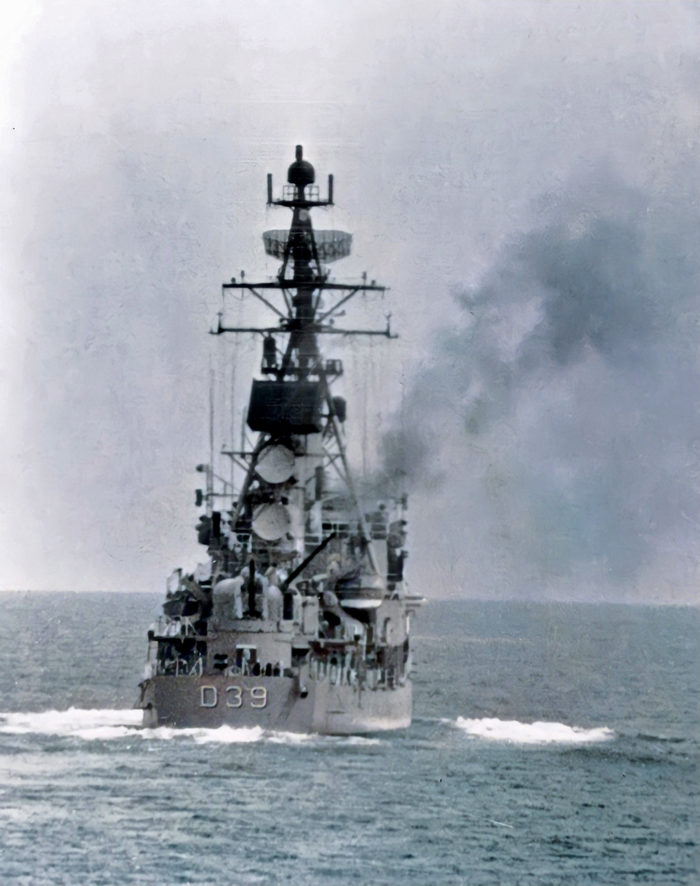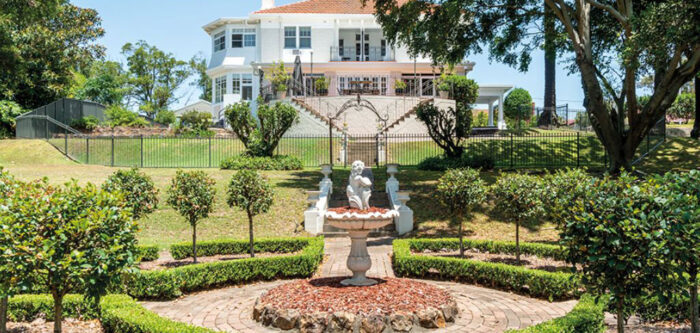
From country boy to naval hero
Leading the Navy’s World War II veterans in this year’s Anzac Day march in Sydney was a trim and spruce 98-year old with prestigious roots in the Hunter.
He was Rear Admiral Guy Griffiths, AO, DSO, DSC RAN, one of the Royal Australian Navy’s most decorated officers. A veteran of World War II, the Korean and Vietnam Wars, he grew up in the Hunter Valley and descended from four pioneering, wine-producing families – Busby, Kelman, Holmes and Griffiths.
Perhaps the most influential of Guy’s forebears was James Busby who wrote in 1825 the first of a number of pamphlets on wine growing. The Busbys established Kirkton vineyard in 1824 near today’s Belford. Importantly, James returned to Europe and sourced nearly 600 vine cuttings for the Botanical Gardens in Sydney. Today’s Kelman vineyard cellar door displays part of the list of these cuttings acquired by Busby. They helped form the basis of Australia’s fledgling vine stock and James Busby has been described as ‘the Prophet of Australian viticulture’. In time William Kelman, who came out to New South Wales on the same sailing ship as the Busbys, married Catherine Busby and became manager of Kirkton. Their faith in the Hunter Valley as a wine growing region was validated when a Kelman wine won a Gold Medal at the 1884 Calcutta International Exhibition.
In 1872 Guy’s maternal grandfather Lewis Kelman married into another well-known Hunter family, the Holmes’ whose Wilderness vineyard was near present day Allandale. Guy’s father, also named Guy, married daughter Edith Kelman and became manager of the Wilderness.
Guy’s childhood was that of a country boy with plenty of free time to muck about in the bush, go rabbit shooting or help with the harvest. He initially went to school at Rothbury Public and then West Maitland Technical College where some of the pupils’ surnames would become synonymous with the success of the Australian wine industry.
In the late 1920s drought hit the area. Combined with the Depression and an outbreak of downy mildew, it made life very difficult for those in the wine industry. At the time, the young Guy was conscious that the family ‘didn’t have many pennies to rub together.’ Although Guy was mad keen on the machinery of wine producing, the associated hardships dampened any interest he had in ever following in his father’s footsteps.
In 1937 he joined the RAN as one of seventeen 13-year old cadet-midshipmen, selected from nearly 500 applicants, and his success was proudly reported in the Maitland Daily Mercury. Guy showed early promise in his chosen career and became the Chief Cadet Captain at the Royal Australian Naval College. He graduated in 1940 and his first warship was the British battlecruiser Repulse. She, along with the battleship Prince of Wales, were sunk off Singapore with heavy loss of life, including one of his classmates.
Having survived the sinking, Guy returned to Britain to join the newly commissioned Australian cruiser Shropshire which would soon serve in the Pacific as a contribution to the US 7th Fleet in their successful liberation of the Philippines.
As the Shropshire’s Air Defence Officer, Guy earned the Distinguished Service Cross for his courageous efforts in helping counter Japanese kamikaze aircraft. The ship survived unscathed and was later part of the armada at anchor in Tokyo Bay for the Japanese surrender.
Read more in the Spring issue of Hunter & Coastal Lifestyle Magazine or subscribe here.
Story by Peter Jones, photography courtesy of the Griffiths Collection



